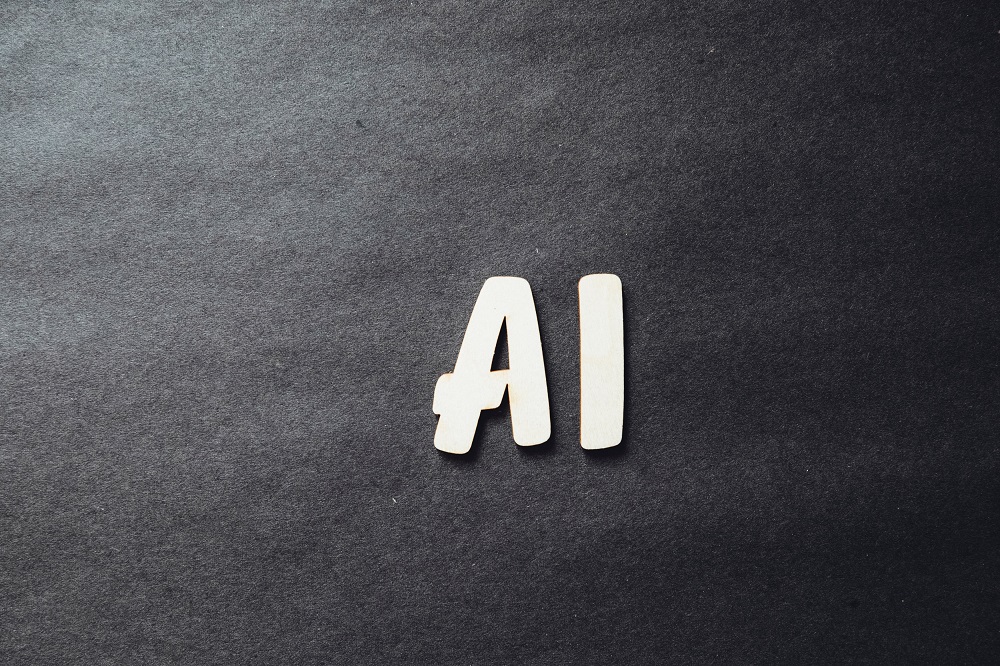Introducing internal efficiency and optimization is critical for all businesses across any industry. With the ongoing COVID-19 pandemic, the landscape of the corporate environment has witnessed unprecedented change. The efficiency and optimization strategies to be implemented need to pivot accordingly. One of the biggest challenges businesses face is being able to minimize face to face contact both within the organization and with customers. Organizations that have been looking to implement similar change are now further prompted to execute them. A widely adopted solution to this concern has been the incorporation of AI or artificial intelligence.
Companies that were earlier contemplating the addition were likely looking for ways to minimize errors and waste while developing faster and more precise responses. The added benefit of employees to positions that actually require human intelligence and interactions offer businesses the ability to lower overall costs while doing the same critical business activities better and quicker. Within the Investment Banking industry, the application of artificial intelligence has taken a shape and form of its own. The developing technology is said to have generated over USD $2.9 trillion (Investment Banking Council of America) in business value and recovered over 6.2 billion hours (Investment Banking Council of America) of productivity this year alone worldwide. Introducing AI into Investment Banking has been an interesting yet extremely beneficial and lucrative endeavor.
RPA vs AI
Within the financial sector, chances are some degree of automation has already been integrated. This could take the form of automated email responses, alert sending triggered by responses, or simple data entry work. These actions are conducted by Robot Process Automation or RPA. RPA describes programming as a software tool or “robot” to mimic human responses towards activities. The tool is equipped with rules to follow in order to deliver desired outcomes and follows the protocols embedded within itself to a tee. Repetitive activities and ones that do not require high human input can likely be run by RPA. RPA strategies are often the jumping off point for businesses to incorporate Intelligent Automation (IA), Machine Learning (ML) and more complex Artificial Intelligence (AI). RPA could be considered a lower level tier of AI.

Artificial intelligence, as a concept, is broad and vast. In simple terms, AI is able to perform tasks that would normally need human intelligence and intervention to be performed correctly. Machine Learning or ML is a component of AI that focuses on using previously consumed and verified information to make better and smarter future decisions. Additionally, Machine Learning helps organizations build stronger deep learning patterns and strategies. Deep learning consists of interconnected networks at both micro and macro scales that enable decision making to mimic the neural network processing that occurs within the brain. A combination of these three mechanisms has been widely adopted across a growing number of sectors, including investment banking, where it has seen true growth and prosperity.
AI and Investment Banking
The investment banking sector is one with the high stakes, high reward, and an abundance of sensitive information and data. One of the core offerings AI extends to the investment banking sector is security. AI is often deployed at both fixed income clearing corporation functions and at equity trading desks. This allows the business an opportunity to enhance internal performance and ensure accuracy; staying consistent within the core divisions of an investment banking operation. These include capital markets, corporate/institutional advisory products/services and merchant banking. Investment banking being the highly competitive industry that it is, requires strong tools to augment internal activities and segregate them from their competitors. Introducing AI tools offers businesses an opportunity to have more accurate data and control over all aspects within the organization, including projecting returns on capital investment, simulations of market conditions, and even offering the ability to enhance the overall customer experience with the business.
AI has deeply infiltrated a number of activities and processes within the investment banking sphere with much success. These include:
AI for Predictive Analytics
Predictive Analytics comprises what the name suggests; using computer based data models in order to predict events that are likely to happen moving forward. With an AI algorithm at the helm, historical and past data are used to create plausible scenarios explaining future conditions the business is likely to encounter.
A practical example of the tool, Smart Chaser (launched in 2017), offered the ability to streamline trade matching with the help of predictive analytics. The AI tool uses past records of trades made by the bank and is able to detect patterns that have contributed to unsuccessful investment. As a result, the information deduced can be used to prevent the same from happening to trade in the future. The tool employed by a French Bank known as BNP Paribas was said to have increased trades processed by 30% (Bobs Guide) with the help of the provided information.
Employing an AI model for predictive analytics helps avoid errors that may occur when trying to deduce the same patterns manually. AI helps Investment Banking firms accurately process information and churn out results with optimum accuracy and likelihood of occurrence. An ideal companion to future and risk mitigation planning.

AI for Trade Processing
With all the developments AI has seen since its inception, experts across industries strongly believe systemic investment strategies can be detected with ease with the prompt to execute the trade following suit. When traders decide to buy or sell, routing algorithms can be engaged to find matches from trading systems and stockbrokers are able to meet the order requirements. Trade routing can be done through internal execution/external dealer algorithms or even from a trading desk. As long as a trade can be executed, utilizing an AI system offers the opportunity to deconstruct the transaction into smaller components and ensure these micro-actions are completed with pinpoint precision.
Additionally, trades conducted through STP or Straight-through processing are usually met with little to no interference from the back end. When the transaction fails, it is moved from the STP system to a queue that must be handled manually and only to be processed in order to understand why the transaction was rejected. Understanding why rejection happens within these trades manually can be time-consuming and often inaccurate. Employing an AI system would help move this process along faster and with better context with the same information gathering power that would be used for predictive analysis.
AI for Regulatory Compliance
Compliance requirements are never stagnant for too long. Businesses, especially within the financial sector, are held to strict policies and procedures that must be adhered to. AI algorithms can help detect changes within the compliance regulations and offer adaptable inputs and perform tasks automatically in order to keep the business running as it should.
Report generation, in particular, could benefit from the introduction of AI systems. Introducing Natural Language Processing (NLP) and RPA offers investment banking firms the opportunity to understand thousands of publications detailing compliance rules and regulations and offers a simple solution to staying up to date and deducing what is of pertinence and needs to be applied with urgency.
AI on a grassroots level application within compliance regulations, and investment banking is able to ensure data processed does not contain any duplicates or errors before being sent across. The sentience of the AI is able to ensure all fields are filled in with true and complete correlation to the information being asked for.

Conclusion
Artificial intelligence has changed the way businesses manage large scale data and the streamlining mechanisms employed to ensure only meaningful information is captured. Within an industry as sensitive as Investment Banking, information must be delivered with context accounted for and with strict rules and regulations in play. Substituting manual verifications and human intervention could save investment banking firms the trouble of rectifying a mistake that was not caught before processing.
For any Investment Banking firm looking to incorporate a stronger AI presence into their organization, bringing in a knowledgeable professional with the ability to gauge investment and returns is critical. Improper implementation of AI technology will not only lead to waste of resources and time but act as an obstacle to being a key player within the market.









